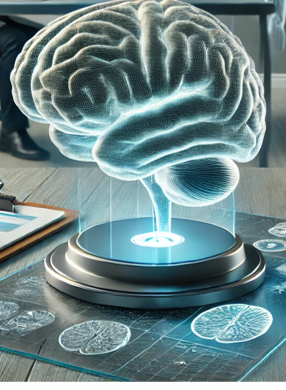Clinical Assessments
Clinical assessments help individuals gently navigate their feelings, personality, and emotional hurdles, setting the stage for nurturing and supportive interventions.
Clinical assessments help individuals gently navigate their feelings, personality, and emotional hurdles, setting the stage for nurturing and supportive interventions.
Clinical assessment is a process used by mental health professionals, primarily trained clinical psychologists, that involves the use of assessment tools such as interviews, tests, and observations in the evaluation of clients. An assessment allows a better understanding of how a person thinks, learns, feels and behaves. The main purpose of clinical assessments is to help psychologists diagnose their clients when they present with a problem and are looking for greater clarity around their struggles. Identifying if the client has a mental health struggle helps to inform the treatment that they may require, including what type of intervention or counselling may be most appropriate based on their symptoms and/or struggles.

Mental health presents with a variety of “behavioral, emotional, or physical discomfort that is often difficult for a clinical practitioner to understand initially.
Usually, in mental health settings, a clinical psychologist attempts to understand the nature and extent of the client’s problem by a process of inquiry that is similar to the way a detective might approach a case by collecting evidence and using inductive and deductive logic to focus on the most likely factors.
Assessment of mental disorders is usually more difficult, more uncertain, and more protracted than it is for evaluation of many physical diseases. Yet, early assessment of mental health problems is extremely important in clinical practice. No rational, specific treatment plan can be instituted without at least some general notion of what problems need to be addressed.
If you have been seeing a therapist for a while and feel like progress is not being made a clinical assessment may be beneficial. This involves gathering information and making conclusions through observation, psychological and neurological tests, and interviews to identify the client’s issues and symptoms. The process includes evaluating the client’s skills, abilities, personality traits, cognitive and emotional functioning, social context (such as environmental stressors), and cultural factors, including language or ethnicity.
When completing an assessment, the following processes occur:
Depending on the information, a diagnosis may or not be provided based upon the alignment of symptoms to the Diagnostic and Statistical Manual (DSM-V) https://psychiatry.org/psychiatrists/practice/dsm

There are many reasons why an adult might need a clinical assessment. Some adults may have never been assessed before, but they are experiencing difficulties in their life that they cannot explain. Other adults may have been assessed as children, but their needs have changed over time and they would like to update their assessment.
Instances where a clinical assessment may be of value to an individual:
Many psychologists who engage in clinical assessment will recommend a physical examination, including blood work, before starting a clinical assessment. Why? Some medical conditions, like hyperthyroidism or hormonal imbalances, can present symptoms similar to mental health disorders. By ruling out these physical causes, unnecessary treatments or therapies can be avoided, ensuring the right course of care. If you do not have a family doctor or would like to be part of our team-based approach to wellness, please book in with our nurse practitioner to rule out medical causes that may be a source of your concern.
Have More Questions?
For more information on clinical assessments, contact our client relations team.
Direct billing is not available for any assessments.